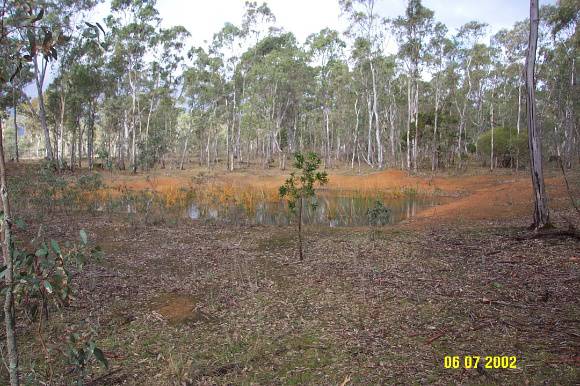| Back to search results » | Back to search page » |
|
UNEMPLOYED WORKERS' RELIEF CAMP
LocationHenty Highway WOOHLPOOER, Southern Grampians Shire
File Number249LevelStage 2 study complete |
|
Statement of Significance
What is significant?
The Forests Commission established Woohlpooer Unemployed Workers' Relief Camp about 1930 against a background of increasing economic and social distress caused by the Great Depression. It is located off the Henty Highway, about 2.5kms north of the settlement of Woohlpooer and about 50.0kms north-north-east of Hamilton. The Woohlpooer Reserved Forest and Section 21 of the Parish of Woohlpooer, including the present site, had been gazetted as State Forest in 1913. The land had previously been grazed as part of the vast Glenisla squatting run until about 1890. Consequently, by 1930, there was forty years of regrowth, which was available for harvesting and required management. Many camps were established across the state including special camps for unemployed youths. As well as timber getting, there were other minor but traditional forest industries such as charcoal burning, wattlebark stripping and even eucalyptus distillation. Charcoal was to become critical as a substitute fuel during the Second World War. Some unemployed workers' camps became internment and prisoner of war camps during the war. At its height, the camp appears to have consisted of a large square area defined by a fence with a row of at least five small timber cabins against the western boundary, an ablution block, two other larger timber buildings possibly used as a mess hall or for other communal purposes and a reservoir. The huts had chimneys built of field stone rubble. A road swept in a curve from the south-west corner to the north-east corner. The structures were removed after the Second World War. Other archaeological remains survive. There is also an earth dam, which appears to be modern. The camp appears to have been superseded by commercial operations and abandoned by the early 1950s.
How is it significant?
The Woohlpooer Unemployed Workers' Relief Camp is of historical and archaeological significance to the Southern Grampians Shire as a Heritage Inventory Site.
Why is it significant?
The Woohlpooer Unemployed Workers' Relief Camp is of historical significance as a representation of the state government's response to the various and sometimes conflicting political forces current during the Great Depression and afterwards. It is of archaeological significance for its potential to illustrate and explain that response.
Group
Forestry and Timber Industry
Category
Forestry camp/settlement/housing




